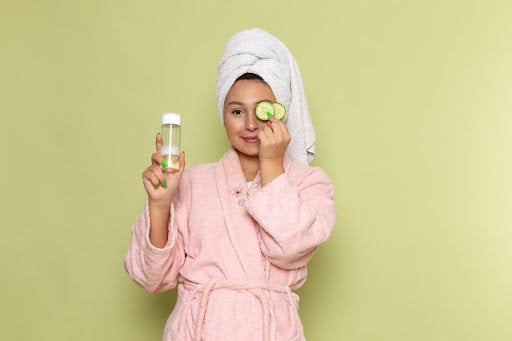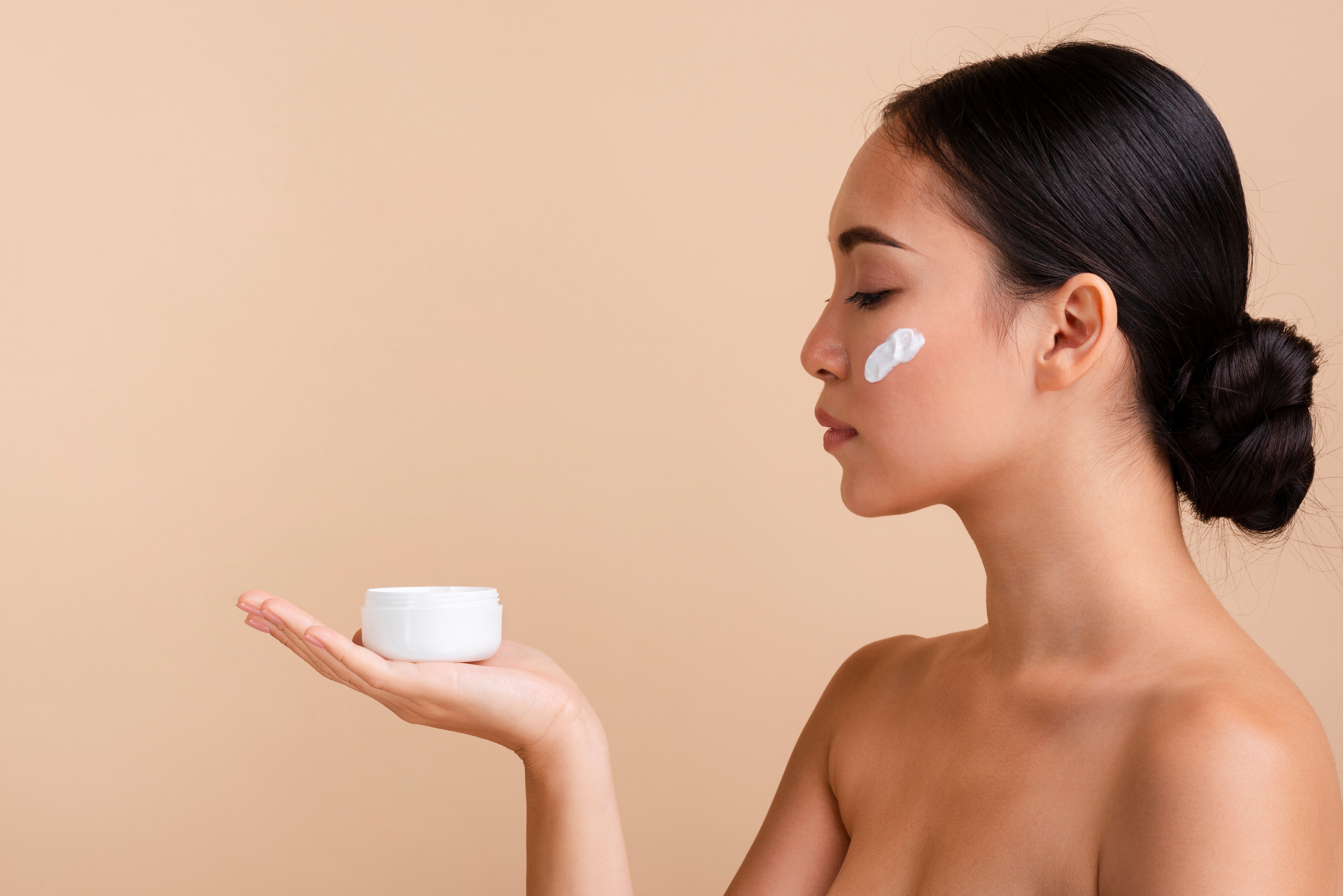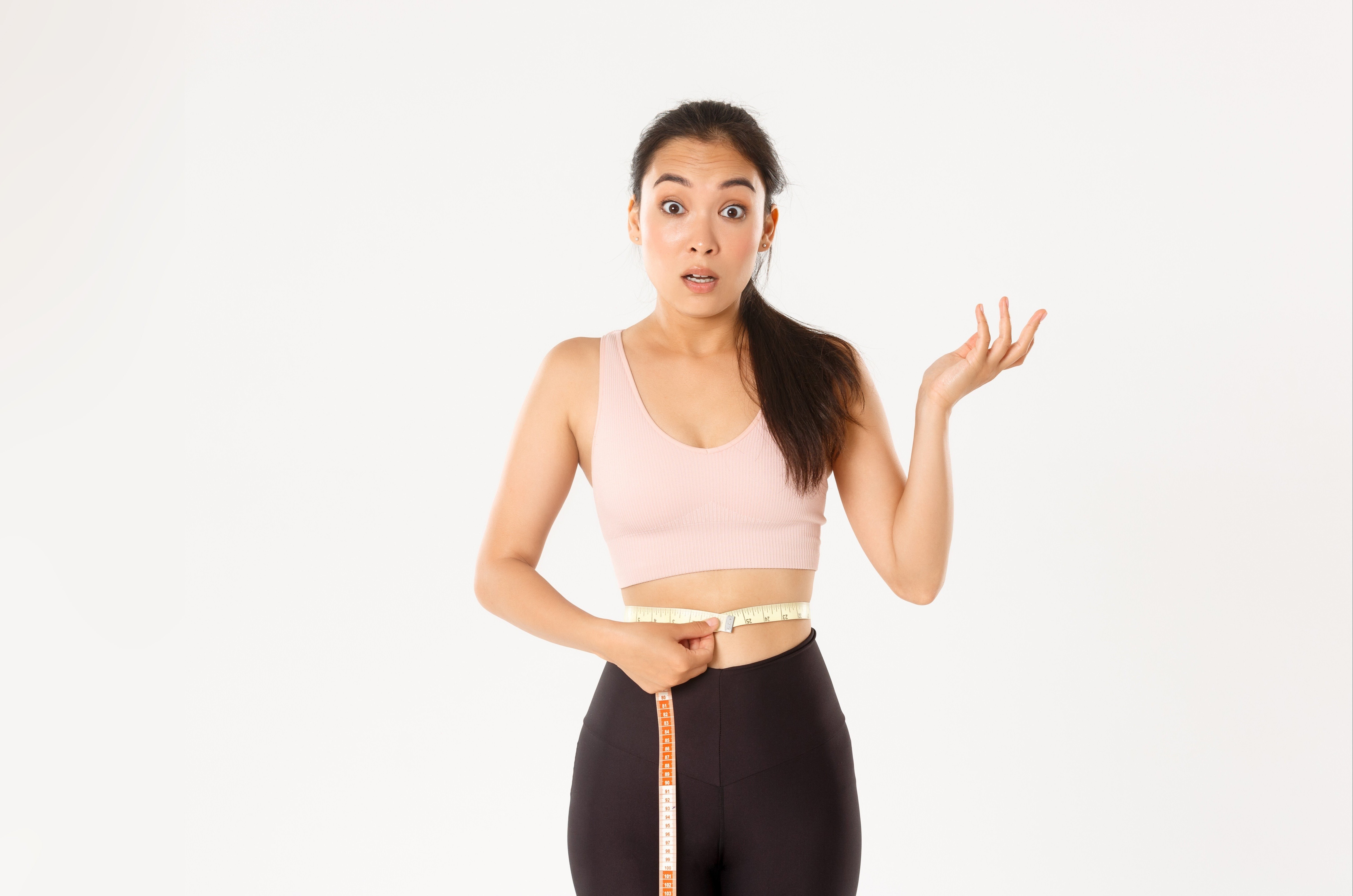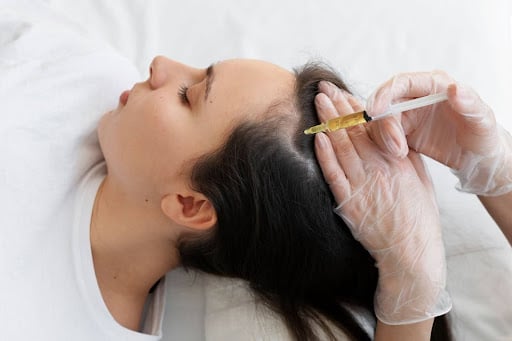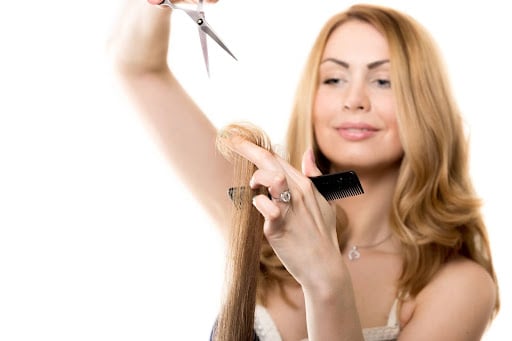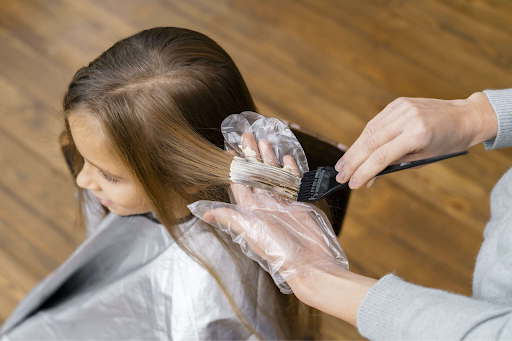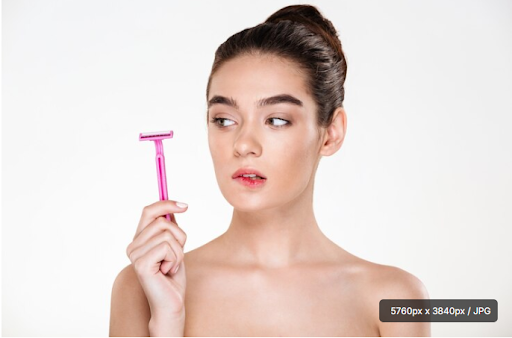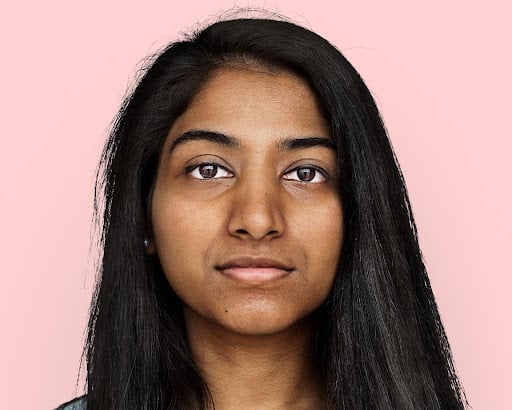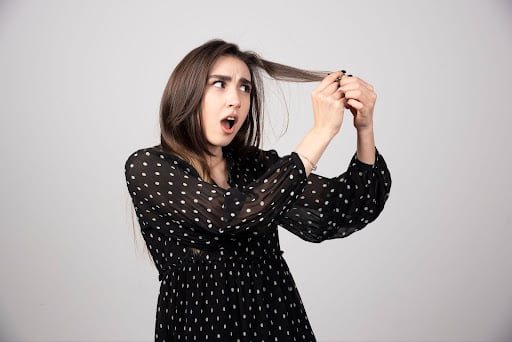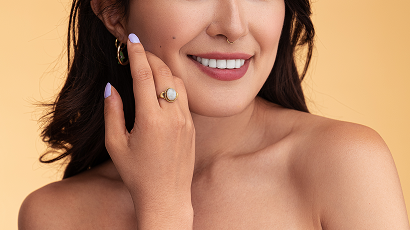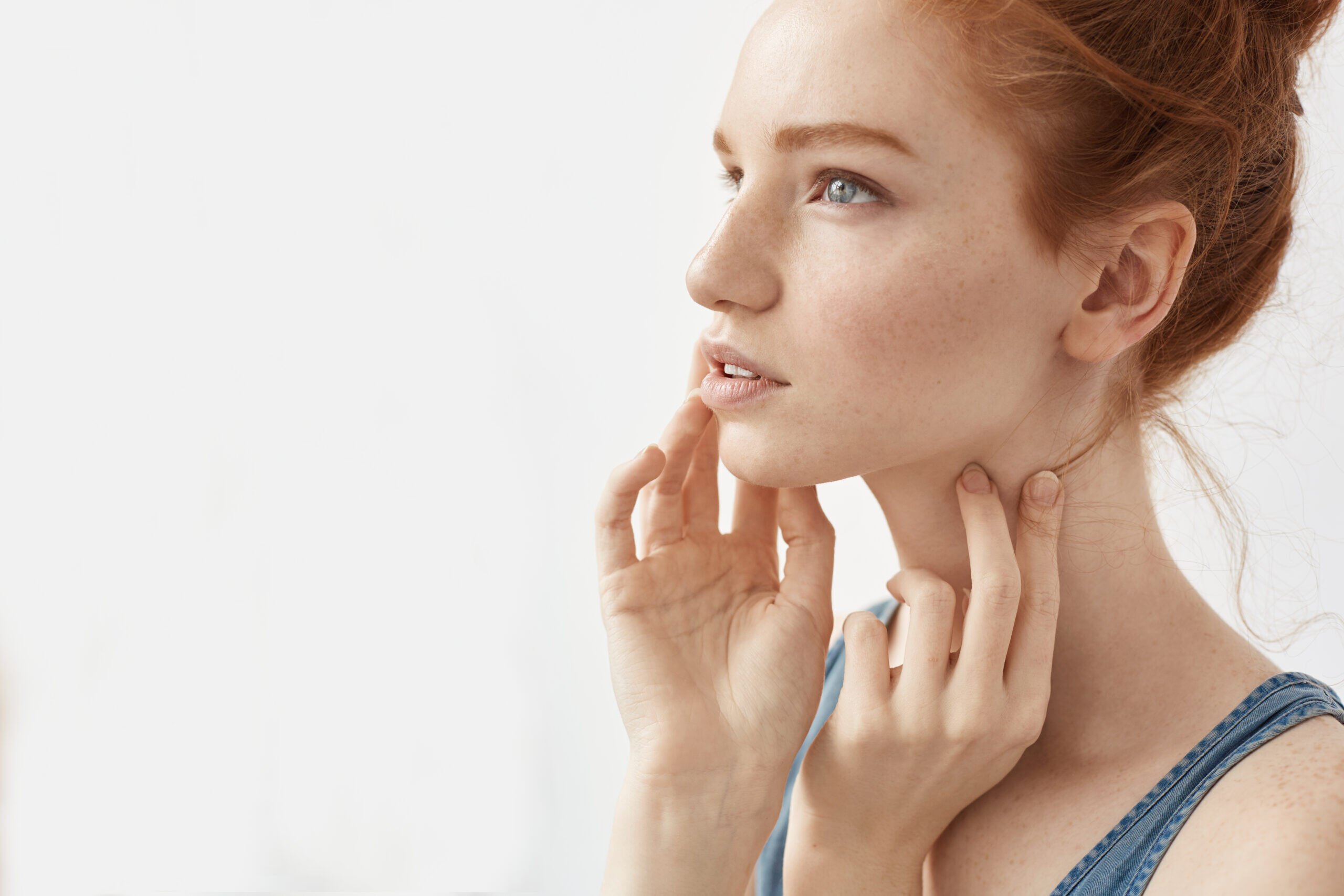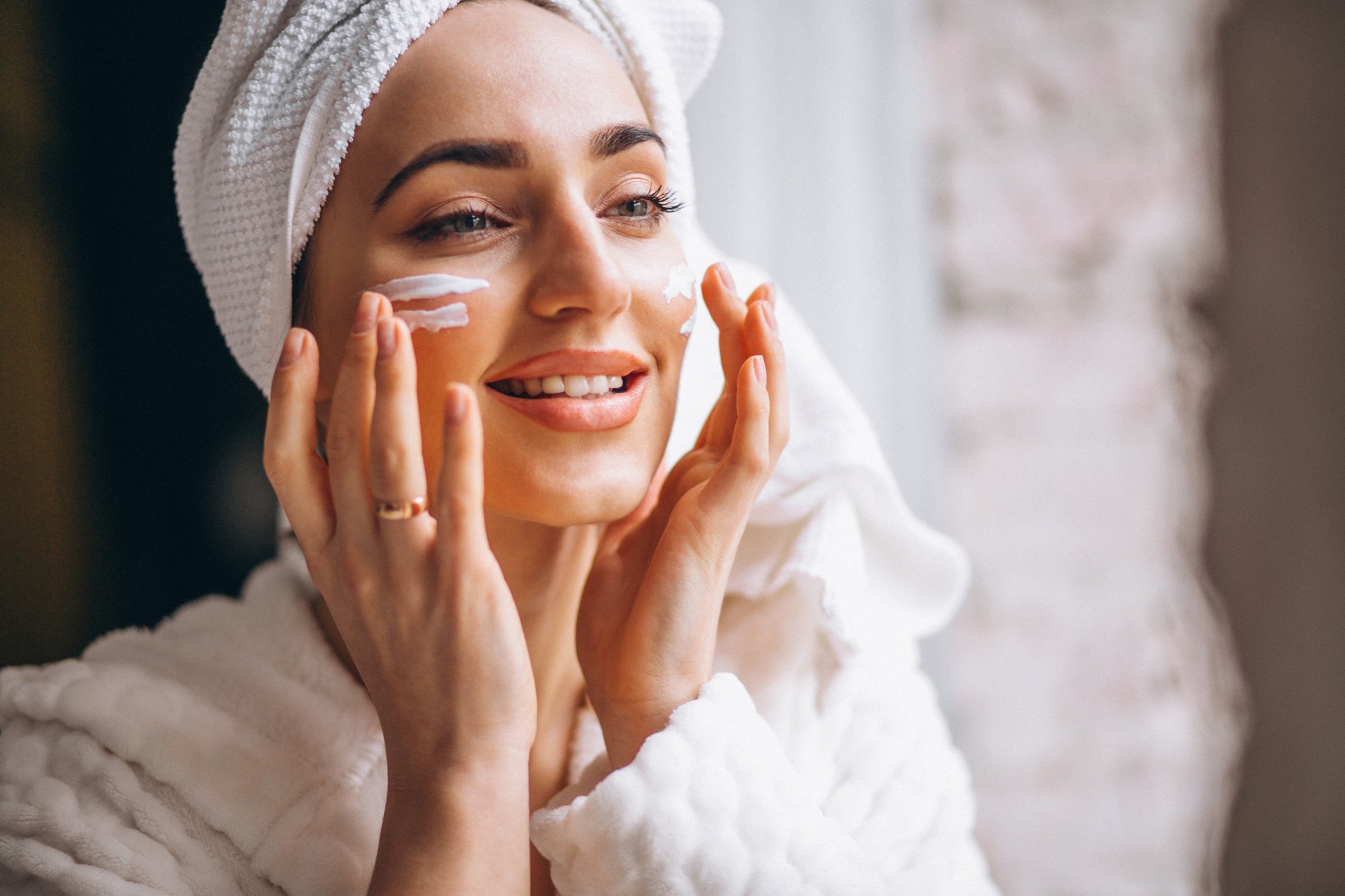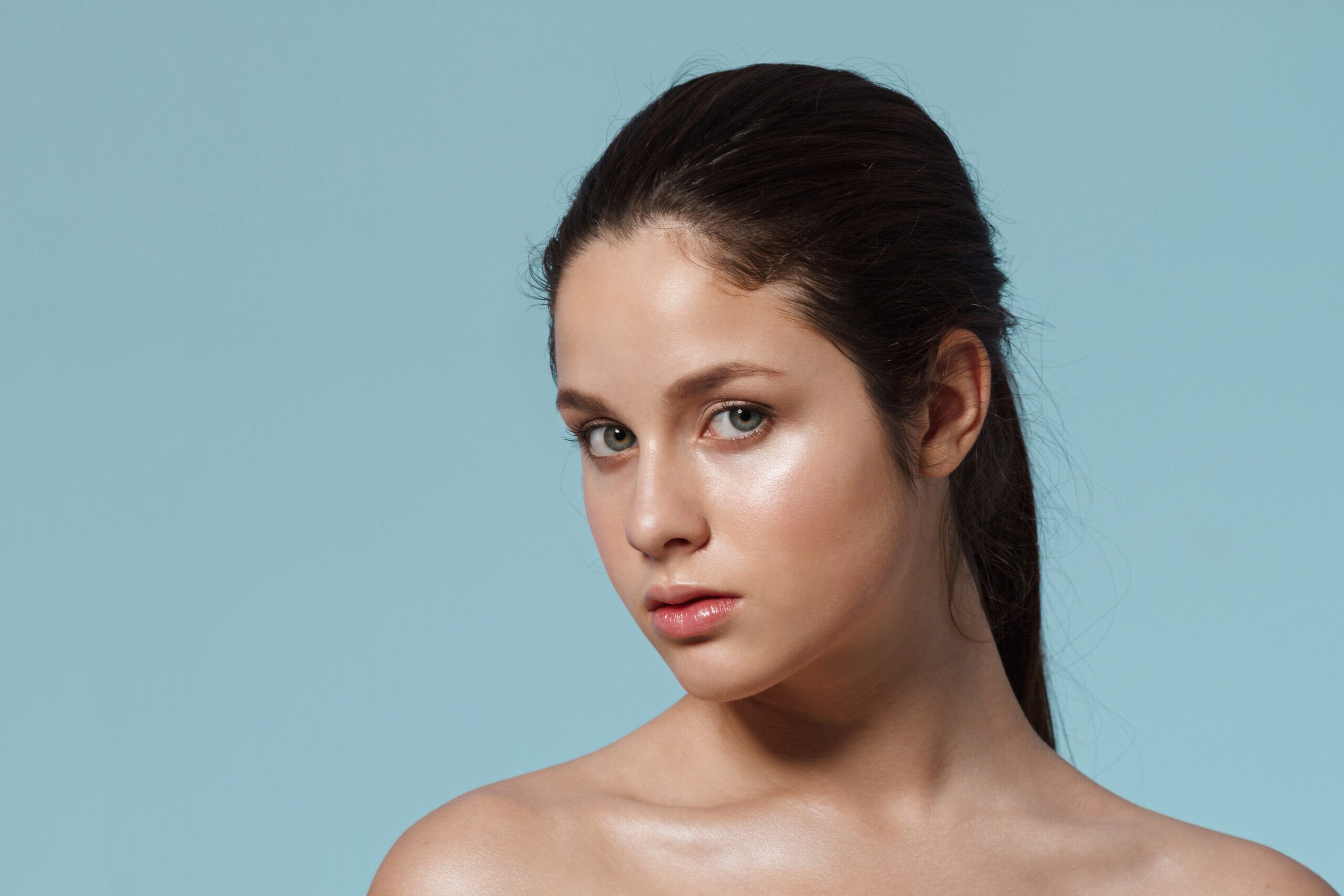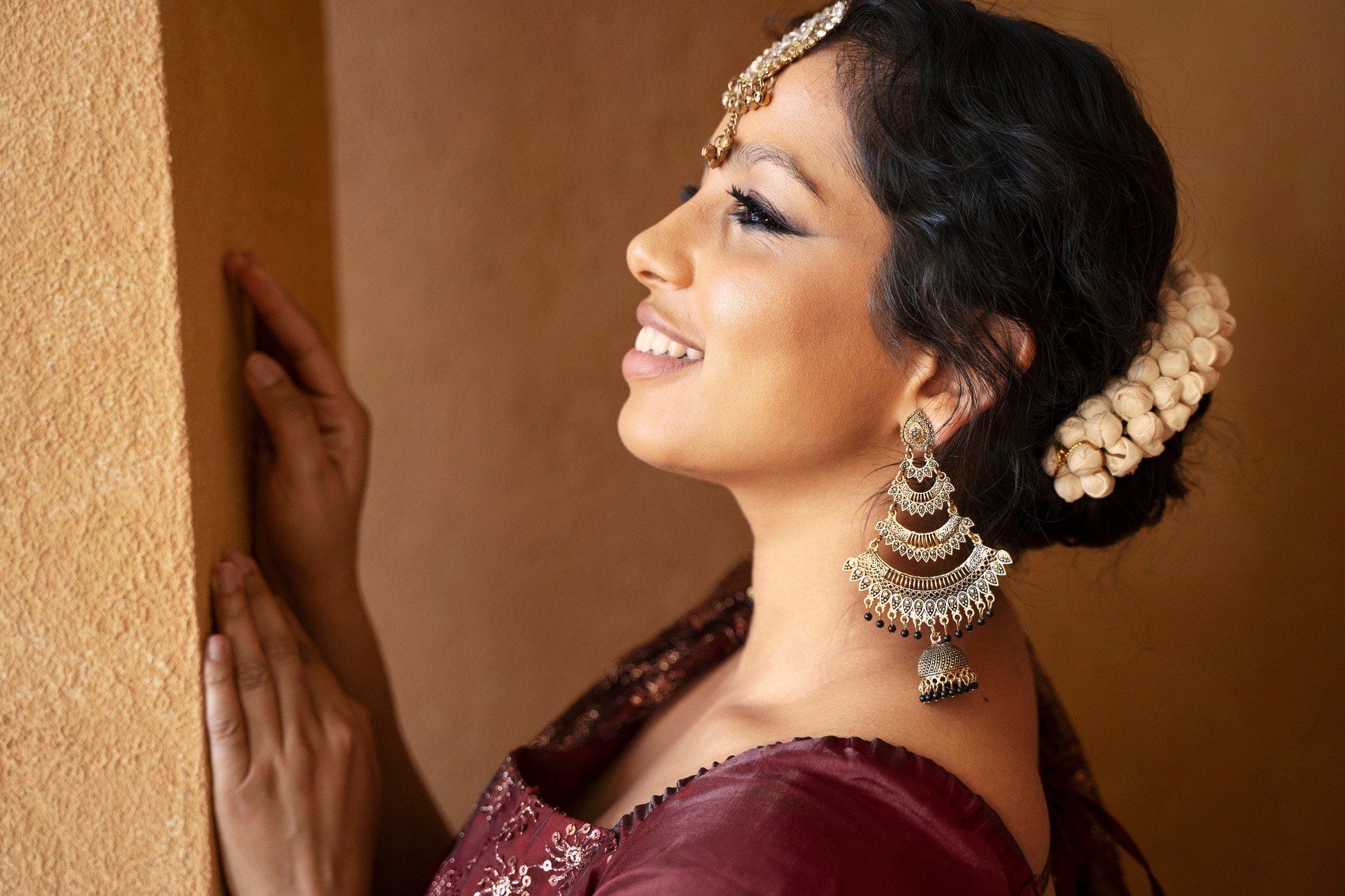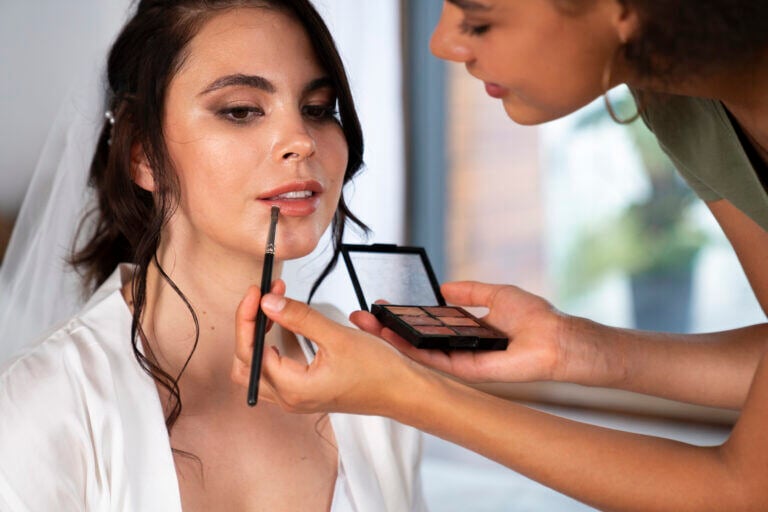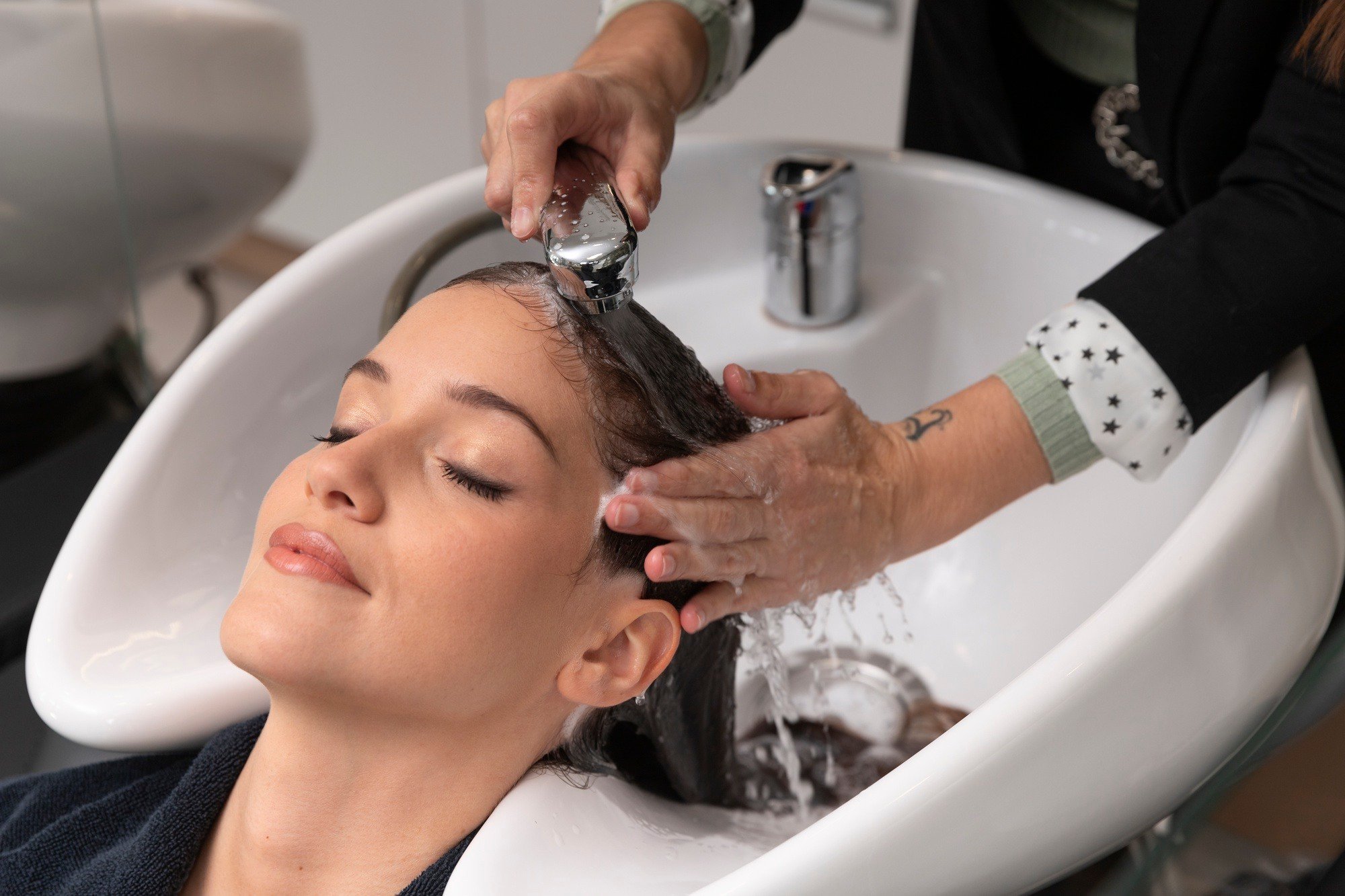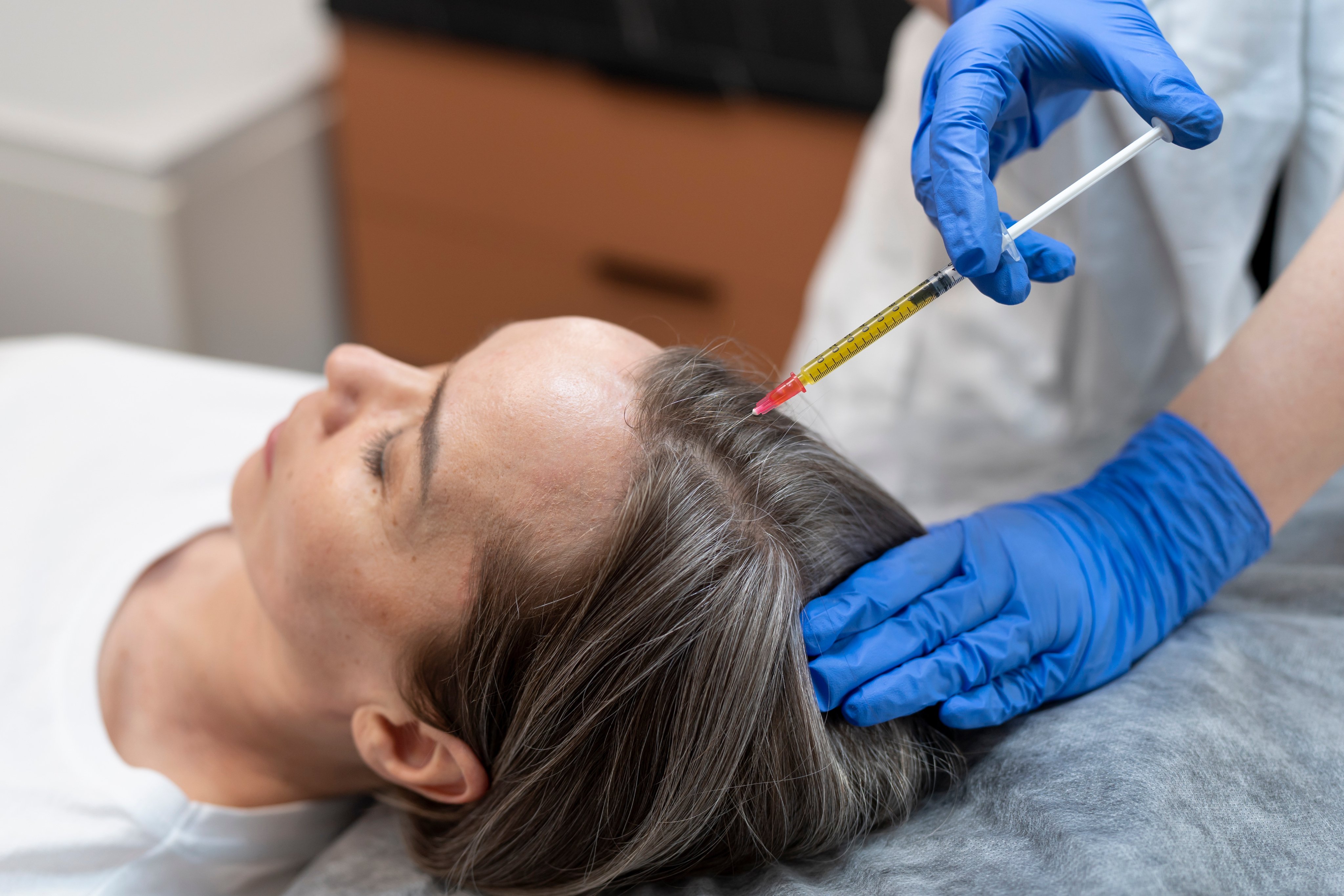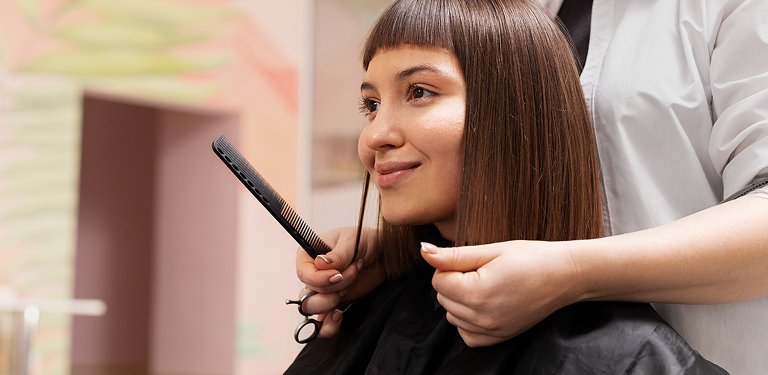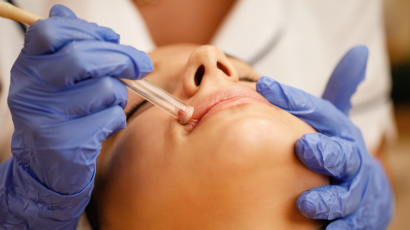Body
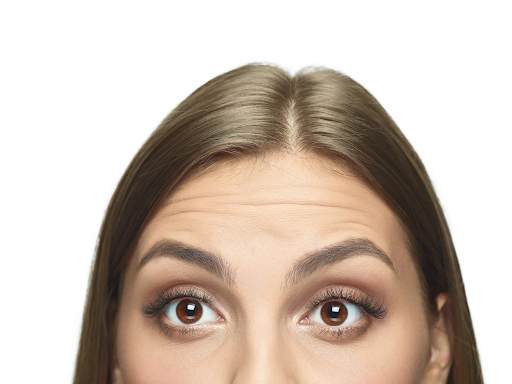
Body
Understanding Different Types of Wrinkles and Effective Ways to Reduce Them
5 minutes read | 14 May 25
Wrinkles are a natural part of the ageing process, but understanding why they occur and how to prevent or treat them can help you maintain youthful skin for longer. Whether you’re dealing with fine lines around your eyes or deep furrows on your forehead, this blog will walk you through the types of wrinkles, the signs to look out for, and the best ways to prevent or reduce their appearance.
What Are Wrinkles?
Wrinkles are folds, creases, or lines in the skin that develop as we age. They are most common on the face, neck, and hands, where the skin is thinner and more delicate. As we age, the skin's collagen and elastin, proteins responsible for its structure and elasticity, begin to break down, causing the skin to sag and wrinkle.
Wrinkles can vary in type and depth. Fine lines are typically the first signs of ageing, while deeper wrinkles form over time as the skin’s support structure weakens. Though everyone experiences wrinkles eventually, various environmental and lifestyle factors can speed up the process.
|
Good to Know: Collagen and elastin are essential for skin’s firmness and elasticity. As we age, their production declines, leading to the formation of wrinkles. Early care can help preserve skin’s youthfulness longer. |
Who Do Wrinkles Affect?
Wrinkles affect everyone, but they tend to appear earlier or be more pronounced depending on genetics, sun exposure, and lifestyle choices. Individuals with fair skin are more susceptible to UV damage and thus may experience wrinkles earlier. While wrinkles are inevitable, their appearance varies based on personal habits and skin care routines.
Who Do Wrinkles Affect?
Wrinkles affect everyone, but they tend to appear earlier or be more pronounced depending on genetics, sun exposure, and lifestyle choices. Individuals with fair skin are more susceptible to UV damage and thus may experience wrinkles earlier. While wrinkles are inevitable, their appearance varies based on personal habits and skin care routines.
The most noticeable wrinkles usually form around the eyes, mouth, and forehead. However, wrinkles can develop in other body areas, especially when the skin is thin and frequently exposed to the sun.
|
Tip: Don’t wait for wrinkles to appear. Start incorporating sun protection and healthy habits early to minimise their appearance. |
Causes of Wrinkles
There are many reasons why wrinkles form, with ageing being the most significant factor.
- 1. Sun Exposure
- 2. Smoking
- 3. Pollution
- 4. Facial Expressions
- 5. Sleep Position
- 6. Poor Diet or Dehydration
Types of Wrinkles
There are different types of wrinkles, but here are the two primary types of wrinkles:
- 1. Fine Lines
These shallow wrinkles often appear first, typically around the eyes, mouth, or forehead. Fine lines are early indicators of ageing and can be minimised with preventive care.

- Deep Wrinkles
These occur as fine lines deepen over time, becoming more permanent. Deep wrinkles are usually a result of sun damage, genetics, or years of facial movements.
|
Tip: Start using anti-ageing products with ingredients like retinol or peptides in your late twenties or early thirties to address fine lines before they turn into deep wrinkles. |
Common Areas for Wrinkles
Wrinkles typically appear where the skin is thinner, has more sun exposure, or is frequently moved. The following areas are the most common for wrinkle formation:
- Eyes: The skin around the eyes is delicate and repeated squinting, smiling, and other facial movements cause crow’s feet, the fine lines around the eyes.
- Forehead: Horizontal lines across the forehead form due to frequent facial expressions like raising your eyebrows.
- Mouth: Smile lines or laugh lines develop around the mouth from years of smiling and talking.
- Neck and Décolletage: These areas tend to show signs of ageing earlier because the skin is thin and often neglected in skincare routines. UV exposure here can cause deep wrinkles.
- Hands and Elbows: These areas are often overlooked, but constant sun exposure can lead to wrinkles forming on the hands and elbows.
How to Prevent Wrinkles on the Face
While wrinkles are inevitable, several preventive measures can help slow down their formation or reduce their impact. Here are some practical tips:

- Sun Protection: Always apply a broad-spectrum sunscreen with SPF 30 or higher daily. Avoid excessive sun exposure and wear protective clothing when outdoors. Sunscreen is the most effective way to prevent premature wrinkles.
- Quit Smoking: If you smoke, quitting can help improve skin health. Smoking accelerates collagen breakdown and decreases blood flow to the skin, both contributing to wrinkles.
- Hydrate: Drinking plenty of water helps keep the skin hydrated and plump. Dehydrated skin is more prone to wrinkles, so make sure to hydrate both internally and externally.
- Moisturise: Regularly moisturising your skin helps lock in moisture and maintain its elasticity. Look for products with ingredients like hyaluronic acid, which can attract water to the skin.
- Healthy Diet: A balanced diet rich in antioxidants, vitamins, and healthy fats can protect your skin from free radical damage and help maintain its firmness.
- Sleep Habits: Sleeping on your back can reduce the risk of forming sleep lines, which can become permanent wrinkles over time. Using a silk pillowcase can also minimise friction and prevent skin creasing.
Treatments for Wrinkles
While prevention is key, treatments can help manage existing wrinkles or slow their progression. Here are some popular treatments that will help you to lessen wrinkles on face:
Topical Anti-Aging Products
Products containing retinol, peptides, or vitamin C can stimulate collagen production and help reduce the appearance of wrinkles. Consistent use of these products can lead to smoother, firmer skin.
Botox and Dermal Fillers
Botox temporarily relaxes the muscles responsible for dynamic wrinkles, while dermal fillers add volume to areas where wrinkles have formed. Both treatments provide temporary results but can significantly reduce the appearance of wrinkles.
Laser Treatments
Lasers like fractional CO2 and erbium laser help stimulate collagen production, tighten the skin, and reduce wrinkles. These treatments can improve skin texture over time.
Microneedling
This procedure involves using tiny needles to create micro-injuries in the skin, which triggers the body’s healing response and boosts collagen production.
Chemical Peels
A chemical peel removes the top layer of skin, allowing for new, smoother skin to regenerate. It can help reduce fine lines, pigmentation, and other signs of ageing.
Wrinkle Relaxer
The Wrinkle Relaxer or Botox treatment at Bodycraft Clinic can erase fine lines and soften wrinkles and expression lines. This treatment restores your skin’s natural depth and volume, offering a more youthful, refreshed look. It starts at rupees 350/- per unit.

Wrap-Up: Proactive Care for Youthful Skin
While wrinkles are inevitable, their onset and severity can be managed with the right knowledge and care. The earlier you take action with preventive measures like sun protection or treatments such as Botox and skin creams, the more likely you are to preserve your skin's youthful appearance. Prioritising a healthy lifestyle, a good skincare routine, and sun protection will help keep your skin vibrant for years. Take action now and book an appointment at Bodycraft today for personalised treatments that keep your skin youthful and radiant.
|
Tip: Sleeping with your face elevated can also help reduce puffiness, which can make wrinkles appear more pronounced. |
Related categories
Get a complimentary consultation today. Book now






































.png)

























-1.png)

